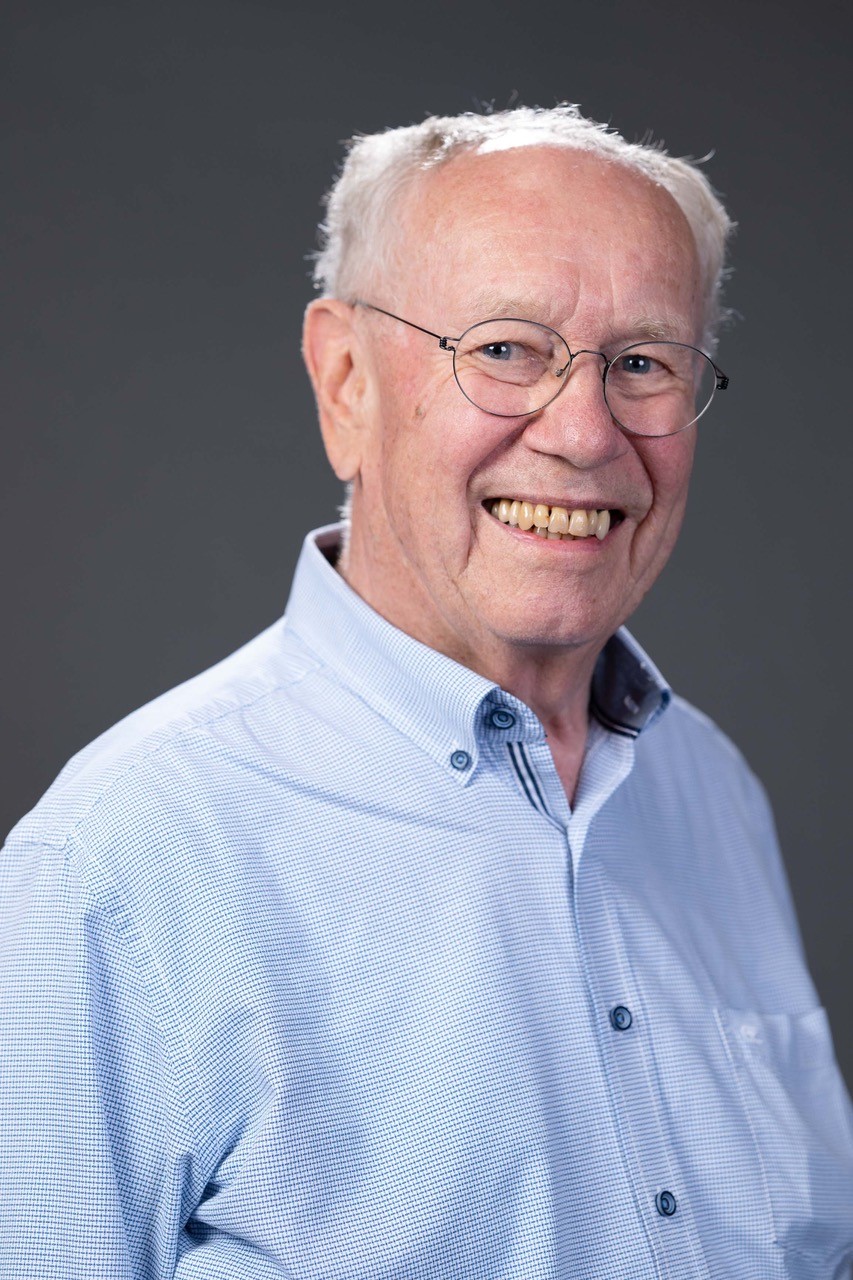1 The Inventor of GasTurb

My name is Joachim Kurzke and I live in Dachau, a small town near to Munich in Germany. I am a gas turbine performance specialist and a hobby programmer. My gas turbine performance expertise originates from my time at the Institute of Flight Propulsion at the Technical University of Munich, and working 28 years in the performance department of the company which is now MTU Aero Engines as well as from cooperation with experts in international working groups (AGARD, SAE, EU Projects). The highlight of my engineering life at MTU was the participation in the EJ200 development, the engine of the Eurofighter Typhoon. This exciting time began in 1986 during the preliminary design phase. I was at the testbed when in 1989 the very first EJ200 development engine made its successful maiden run. Later I was head of the international EJ200 performance working group which consisted of engineers from Rolls Royce (UK), MTU (Germany), FIAT Avio, (Italy) and ITP (Spain). In 1993 I was promoted to head of the MTU performance department.
For more nearly 30 years I presented at the annual Turbo Expo, at the ISABE conferences since 2005, and at the GPPS conferences 2020, 2022 and 2023. In 2024 I got the ASME IGTI Outstanding Service Award for my contributions, commitment and service to the Aircraft Engine Committee.
2 The Program MOPS 
In 1976 I joined the performance department of MTU. On the first day in my new office I was told: Forget all what you have learned at the university, here is the “real” life. I believed that – for about two years during which I learned to use the legacy performance code of MTU. This code had severe drawbacks: The input was cryptic (consisting of numbers only), program modifications took a lot of time and were prone to errors because the structure of the code was confusing – at least for an outsider like me.
My experience, as a user, inspired me to design a new performance program with a less cryptic input. The most important design aim was to make program enhancement and maintenance easy. The new MOdular Performance Simulation program MOPS was well received in the advanced projects department and by the engineers working on test analysis and performance prediction. MOPS became the standard gas turbine performance tool at MTU for nearly 40 years.
By the way, MOPS is the German name for a pug. Wikipedia describes this dog breed by the Latin phrase multum in parvo, or "much in little" or "a lot of dog in a small space". Pug owners say their breed is the ideal house dog. Unlike the dog, MOPS is both flexible and powerful, but difficult to handle. Once I was asked by the head of engine development the simple question: What is the influence of bypass ratio on SFC? It took me several days to come up with a comprehensible answer!
3 The Birth of GasTurb
My conclusion was: there is a need for a software which can answer such questions more quickly. Data input and output should be easily understandable, and the results should be presented as graphics, whenever this is meaningful. Creating a nice looking and truly user-friendly program on my PC at home became my ambition as a hobby programmer.
Soon I had written my first home-made performance software, using only knowledge from my past at the university and from open literature. I was given permission to install the program on MTU computers where it found much interest among my colleagues and superiors. Since it was a much smaller program than MOPS, it received the nickname MOEPSLE – the German diminutive of MOPS.
In 1991, Professor Dr. Hans Rick from the Institute of Flight Propulsion saw the need for a new German book about gas turbines and flight propulsion. He invited me to be his co-author who would add the industrial perspective to his academic point of view. The head of engine development at MTU gave me permission. At that time, books with technical content were expected to include a diskette with some software. For me it was clear: MOEPSLE is very well suited for that purpose. The only problem was that nobody outside MTU would recognize the name of the program and its meaning. Therefore, I re-baptized the program GasTurb. The progress in writing the book of was poor, the advances in the development of the software were satisfactory. Early program versions were only available for my colleagues at MTU and friends, the first publicly available version was GasTurb 5.2. At the Turbo Expo 1995 in Houston, USA I presented the first paper about GasTurb which was entitled “Advanced User-Friendly Gas Turbine Performance Calculations on a Personal Computer” (ASME 95-GT-147).
From 1995 to 2012 I released every two years on average a new version of GasTurb. Each of them was more powerful and more colorful (i.e. had a better GUI) than its predecessor. In 2013 the GasTurb GmbH in Aachen, Germany took over the program versions GasTurb 12, Smooth C 8.2, Smooth T 8.2 as well as the utilities GasTurb Names 12 and GasTurb Details 5.1. They also aquired the trademark GasTurb.
In the following years I introduced the new GasTurb team to the structure of the program and assisted them with integrating an axial compressor mean line analysis tool into GasTurb. While writing the book “Propulsion and Power – an Exploration of Gas Turbine Performance Modeling” in the years 2014 to 2018 I got many new ideas for improving the program. These found their way into GasTurb 13 which again is more powerful and colorful than its predecessor.
4 The GasTurb Philosophy
Nowadays, GasTurb is known all over the world. Why is it so successful? Because it puts the user in the center, the customer is the king! The programmer is a servant with no right to show his excellence other than through the quality of the user interface. Many other gas turbine performance programs like MOPS, NPSS, GSP and PROOSIS offer libraries with program modules from which users can build their engine model. This approach is incredibly flexible but puts a burden on the user. Since the programmer of such a software does not know the architecture of the engine to be simulated, it is difficult or impossible for him to automate the typical engineering tasks. The software architecture of GasTurb is what I call “task oriented”. Select an engine architecture and what you want to do: engine design, study the off-design behavior for steady state or transient, test analysis … You will only see those input and output quantities which are relevant for your problem.
5 Development since GasTurb 13
Two years after the release of GasTurb 13, GasTurb GmbH declared the end of the collaboration in October 2019. I continued working in the field of gas turbine performance and published papers about compressor and turbine map extension to low speed, starting & windmilling simulation as well as the importance of turbine maps in conceptual gas turbine design. For that purpose, I created experimental programs with which I could test my new algorithms and user interface variations. In October 2023 I presented at the GPPS conference in Hong Kong a paper about how to extend compressor maps to speeds as low as 1%. Engine Starting simulations can now begin at such a low speed with my experimental performance program ExPP23.
In February 2022, GasTurb GmbH sued me in connection with the software I sold them in 2013. We agreed on a settlement in November 2023. Unfortunately, this did not resolve the dispute over the interpretation of the 2013 software purchase agreement.

GasTurb is a trademark of GasTurb GmbH, Aachen, Germany
